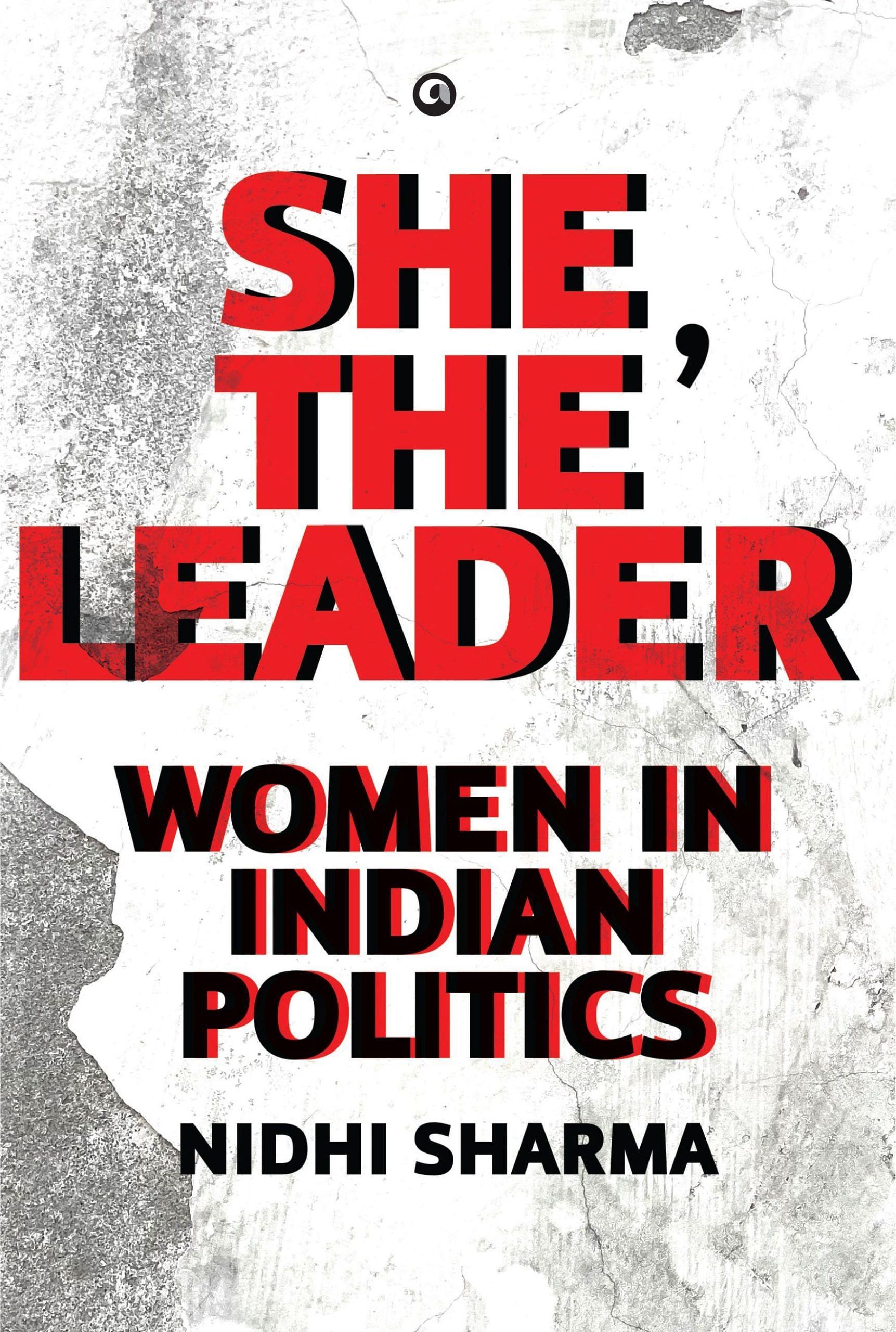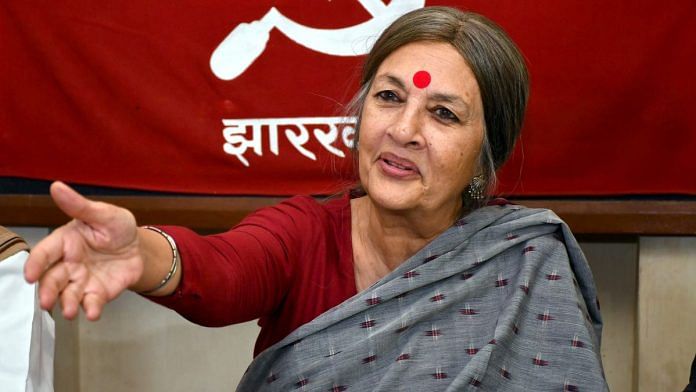Karat studied in Loreto House, Calcutta, till she was twelve and then joined the Welham Girls School in Dehradun. She did her college from Delhi University’s Miranda House in between 1963 and 1966. Her first introduction to gender issues was during her years in college. ‘When I was in college the issue of woman as property and the aggression when a girl says no came home to me in a very stark and tragic way. I had a group of close friends in the college hostel where we stayed. One of them was in a relationship with someone in the army. He was much older than her. She decided that she wanted to break it off with him. There was an exchange of letters. The man was insistent that they should meet and then take the decision. We were all against it and she too was hesitant,’ remembers Karat. ‘On the morning of the day she was to meet him we had a discussion and suggested that one of us should go along with her, but she felt she should deal with it herself. She went to the university cafe to meet him and he shot her dead. Then he shot himself…. It was such a brutal introduction into a world in which you suddenly realize that there are issues about being a woman, there is a price to pay when you take your own decisions, when you refuse to be subordinate, when you say no. It affected all of us deeply,’ Karat told the author. Those times were different, Karat says there were cases of sexual harassment but there were not many movements at that time.
Since her main interest was theatre in college, she wanted to train at the London Academy of Music and Dramatic Arts (LAMDA) to become an actor. ‘But my father believed that his daughters should first be economically independent and since there were no scholarships available, he promised as a consolation to help me get a job in London which would pay for my evening classes,’ says Karat. She got a job in Air India in London. She stayed as a paying guest with a relative who had other Indian girls staying with her. ‘My first posting was at Heathrow Airport, not the London head office in the city. I was disappointed because I had to work different shifts which meant that I could not join evening classes,’ she says. At nineteen, Karat’s first protest was a personal one. ‘When I reported for duty I was told that I had to wear a skirt which was the rule for Air India ground staff at the airport. I had nothing against wearing a skirt as such, but I asked my manager, a really kind man called Alan, “When I am working with the national airline of India, why can’t I wear a sari?” He said it was the rule, and he couldn’t do anything about it. I felt it was wrong and an illogical rule and I refused to obey it. I was lucky he didn’t sack me on the spot! I guess he felt I had a point, so he wrote to the legendary Bobby Kooka, the commercial director of Air India at the Bombay head office. There was quite a furore. The other girls didn’t really support me, most of them were British and thought it was a non-issue. Finally, after six weeks, there was a letter from Bobby Kooka saying “Not only this girl can wear a sari at the airport, but any girl posted at the airport can wear one.” I got such beautiful saris as uniform from Air India and then one after another, the British girls signed up for wearing saris too,’ says Karat, who soon had a queue of girls waiting for her in the rest room, wanting to be taught how to wear a sari. Within a few months, Karat got transferred to the city office and thought she could finally start theatre classes. But instead, she got introduced to Marxism.
‘My very close friend from Welham, Mala Sen (author of the biography of Phoolan Devi: Bandit Queen), lived just down the road from me. She and her brilliant husband Farrukh Dhondy had a wide circle of friends, many of them students. Their small home was always full of young people engaged in political discussions about organizing and mobilizing,’ says Karat about her first introduction to Marxism. This was the London of the late sixties and there was an outrage against the Vietnam War. Karat started reading Marxist literature and began to understand the division of classes and became aware of ‘my own elitist background and the privileges I had taken for granted.’ Most of the students Karat met in London were scornful of the organized Left in general and were more attracted to the Naxal Movement. Though she could not connect with pro-Communist Party sympathizers in London, she knew CPI(M) was the party for her. ‘I was inspired by Jyoti Basu and his role in the late sixties in leading the huge class struggles that were shaking Bengal and also representing that struggle in parliamentary politics. There was a huge attack on the CPI(M). But the courage of the people holding the red flag inspired me. I wanted to go back to Bengal, my birthplace, and join the movement. I decided to give up my job and come back to India and join the party,’ says Karat. Despite stiff opposition from her father, Karat quit her job at twenty-three and came back to India to join CPI(M). She lived with her elder sister as her father did not speak to her for six months. But gradually everyone in the family came around.
 This excerpt from She, The Leader: Women In Indian Politics by Nidhi Sharma has been published with permission from Aleph Book Company.
This excerpt from She, The Leader: Women In Indian Politics by Nidhi Sharma has been published with permission from Aleph Book Company.



